Key services for this project
- Public outreach and education
- Visual identity development
- Communications strategy and support
- Design and facilitation of in-person and virtual open houses

Before it became part of the California state highway system (State Route 82) in 1909, a section of historic El Camino Real was lined with trees to create a grand entrance to the estates of several wealthy landowners. The Howard-Ralston Eucalyptus Tree Rows, now on the National Register of Historic Places, came to define the character of the Burlingame community.
Over a century later, the roadway now requires major improvements to continue serving the community. Caltrans asked Convey to facilitate communication among all stakeholders—some very resistant—about the needed repairs and potential tree removal. During our discovery phase, we realized that outreach was the key to community support.
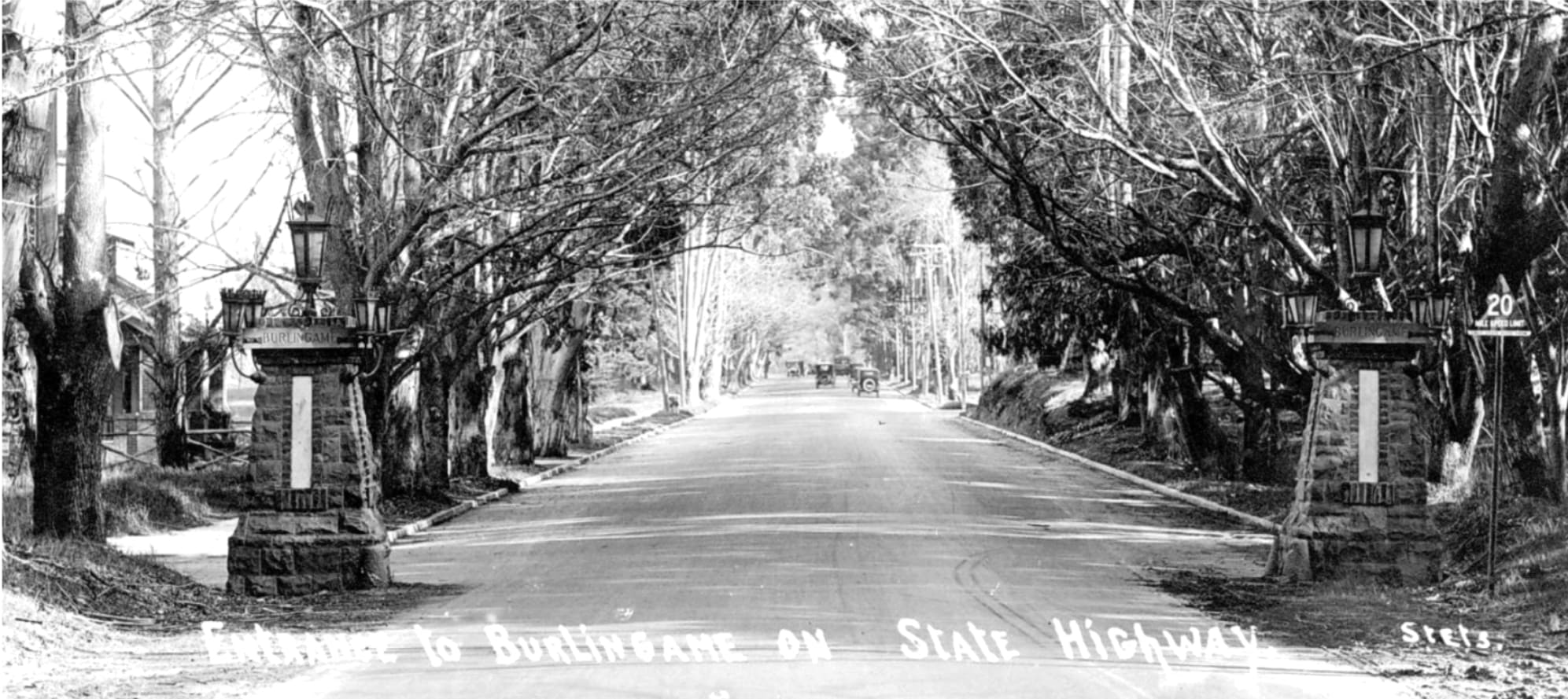
The El Camino Real roadway is a vital thoroughfare in the heart of Burlingame. Caltrans proposed to expand part of the roadway, which required tree removal from each side. The project engendered both support and disapproval from the Burlingame community. Some wanted to preserve the trees at all costs, while others prioritized travel connectivity and safety. Arborists completed a study of the trees, which led them to believe they were dangerous to the community.
Caltrans had to balance concerns around private residences, inter- and intracity travel flows, notable architecture, and the American with Disabilities Act to bring this project to fruition.
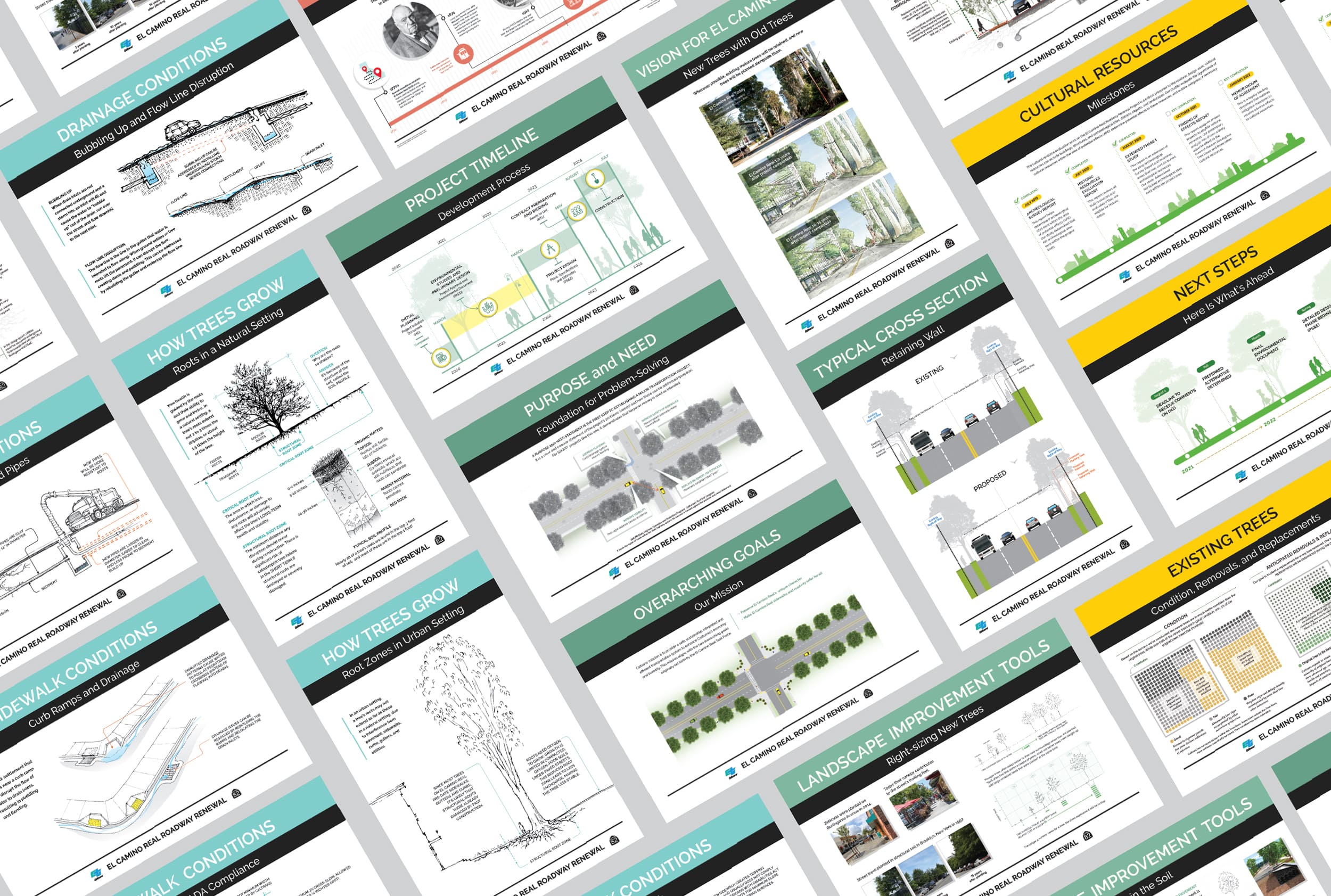
Our work has been two-fold: (1) deliver critical project information to the community and (2) facilitate a conversation among groups with competing goals.
We met early and often at the beginning of the project’s lifecycle to provide community stakeholders with technical information about the project and to collect feedback for Caltrans around locals’ concerns. This community outreach work has allowed Caltrans to respond to the community in a way that is needs- and values-aligned.
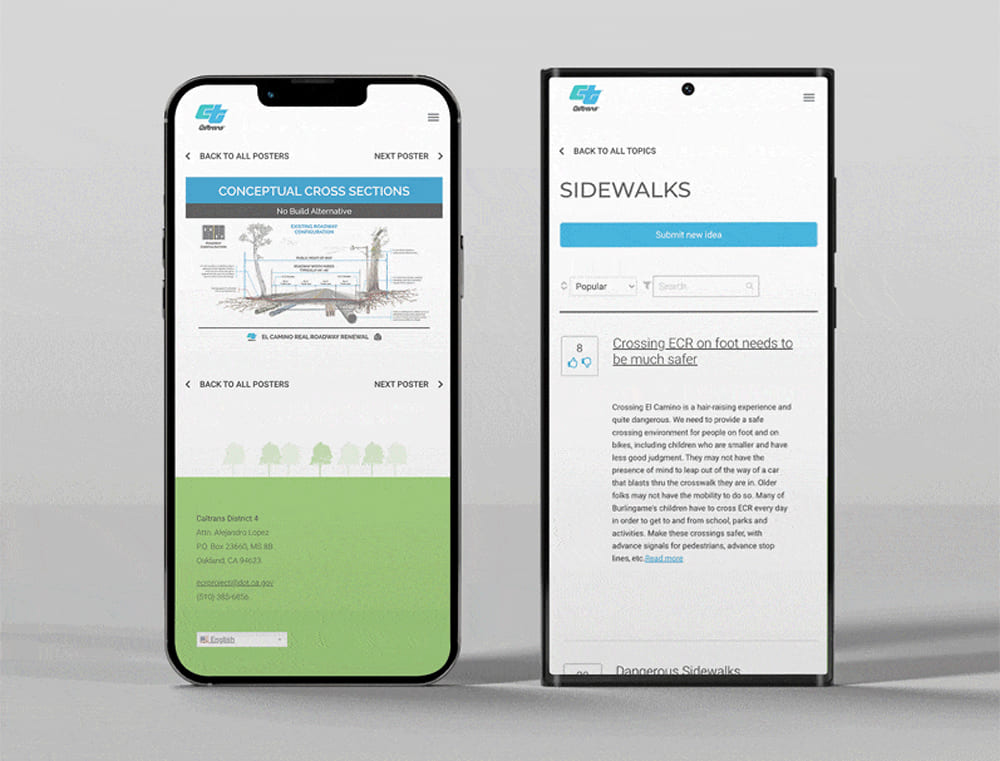
When the pandemic precluded in-person public meetings, we pivoted to build and establish community spaces online – all in one week. Equity was essential to this new process. We provided translation and dial-in options to ensure that technology and language weren’t barriers to participation.
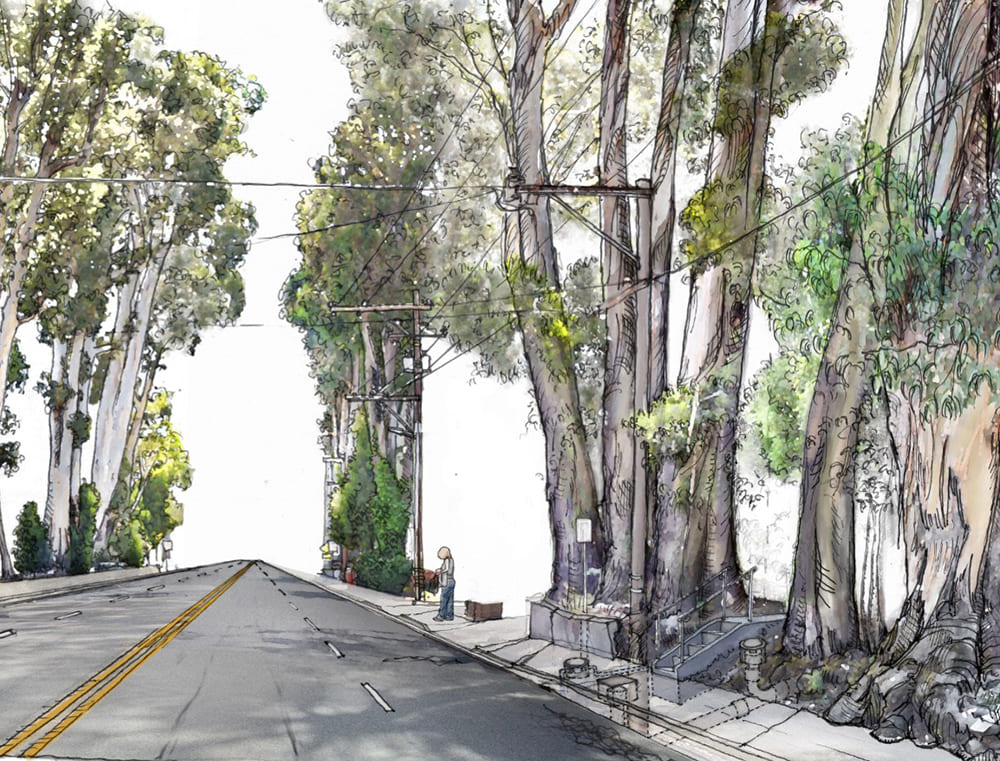
We partnered with the Caltrans landscape design team to incorporate intimate ink-wash drawings into graphic materials. Our outreach delivered technical information, honored the historic features of the project area, and crescendoed into more community involvement. One of our in-person open houses attracted more than 200 people.
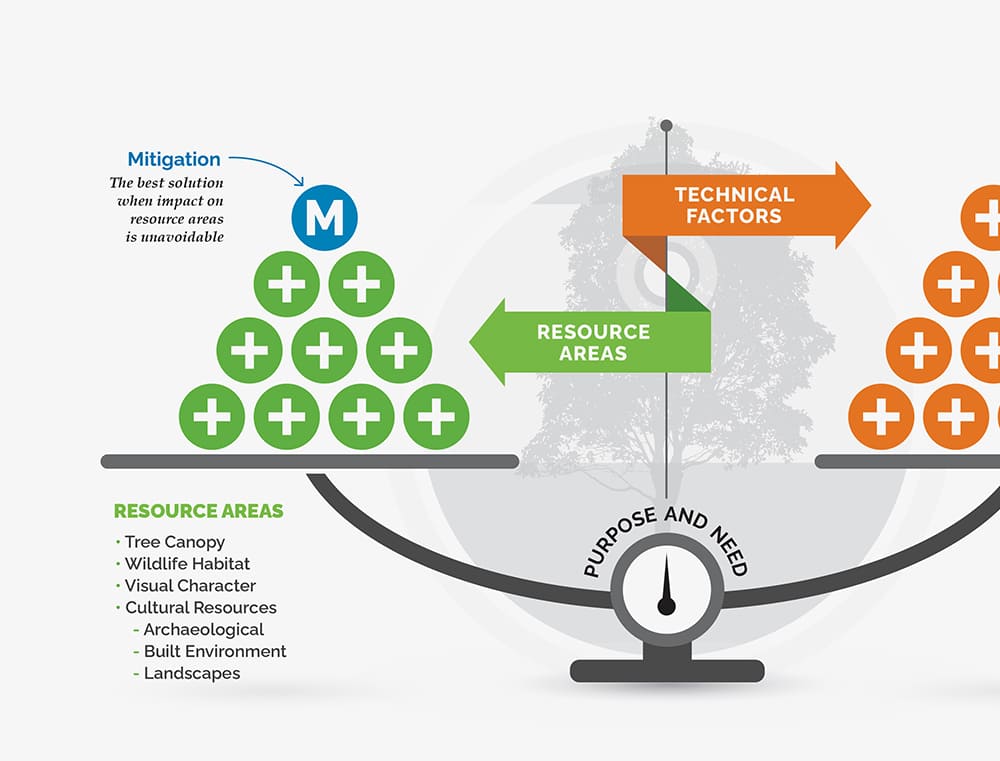
Active listening defines this project’s success. By collecting and reporting back on public input through a variety of forums, we have been able to identify commonalities across interest groups that steered this project away from a stalemate. The result was spirited collaboration between Caltrans and the community.
"CONGRATULATIONS CONVEY! You helped make this a reality and move the project forward in a huge way. What seemed insurmountable two years ago is now a reality.”
Consultant partner on the project
